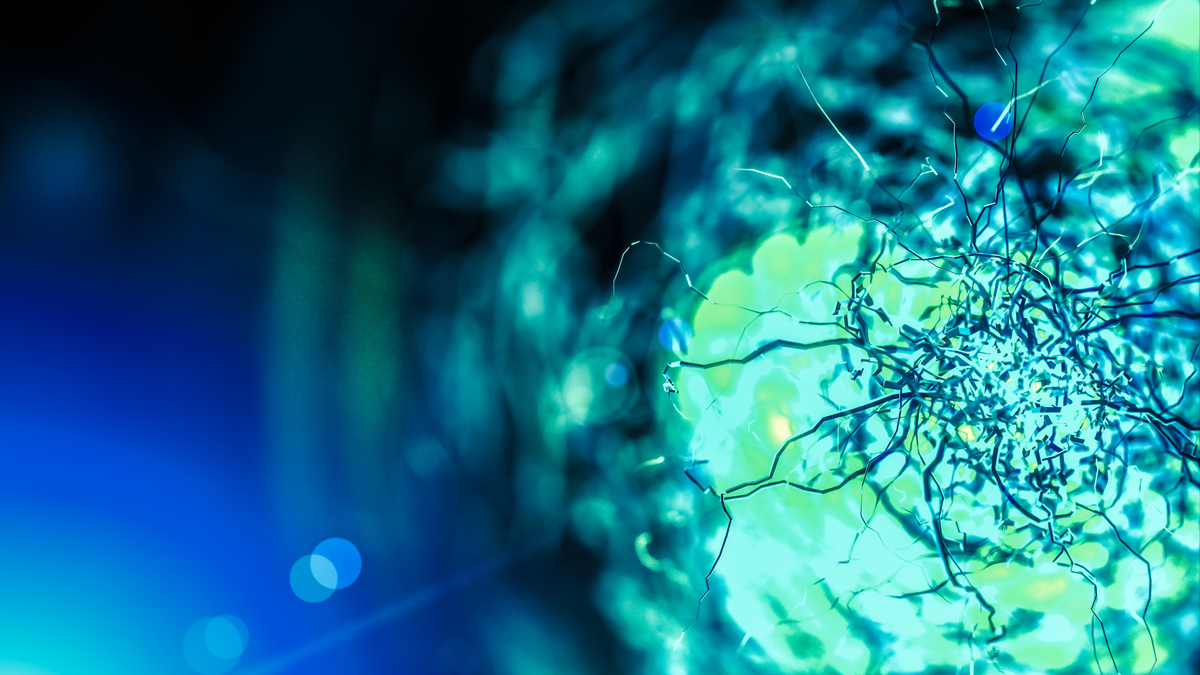

Fluorescence Microscopy Solutions
Fluorescence Microscopes
Bruker's suite of fluorescence microscopy systems provides a full range of solutions for life science researchers. Our multiphoton imaging systems provide the imaging depth, speed, and resolution required for intravital imaging applications in oncology, immunology, and neuroscience. In fact, Bruker's reputation as a technology leader for in vivo brain functional imaging is unmatched. With the acquisition of Inscopix, Inc. and Neurescence, Inc.—neuroscientists now have the research tools using miniscopes and multi-region miniscopes to image deeper and faster, with single-cell resolution in freely behaving animals. This helps uncover clearer connections between brain function and action in their pursuit of developing effective neurological treatments.
Bruker's super-resolution microscopes are also setting new standards with quantitative single-molecule localization, allowing for the direct investigation of the molecular positions and distribution of proteins within the cellular environment. Our light-sheet microscopes from Luxendo are revolutionizing long-term studies in developmental biology and the investigation of dynamic processes in cell culture and small animal models. For the study of the genome, transcriptome, and proteome, Canopy Biosciences adds high-content cytometry technologies enabling single-cell, tissue, and suspended cell-based discovery and validation in immunology and targeted proteomics, as well as a suite of complementary multi-omics services.
Our most recent acquisition of Acquifer Imaging complements these fluorescence microscopy solutions by adding big data management for processing, analysis, and visualization of scientific data as well as high-throughput screening microscopy for advanced experiments such as time-lapse, screening, and imaging assays.
#MicroscopyMonday Featured Data of the Week
THIS WEEK'S FEATURED DATA:
AUGUST #MICROSCOPYMONDAY HIGHLIGHTS:








